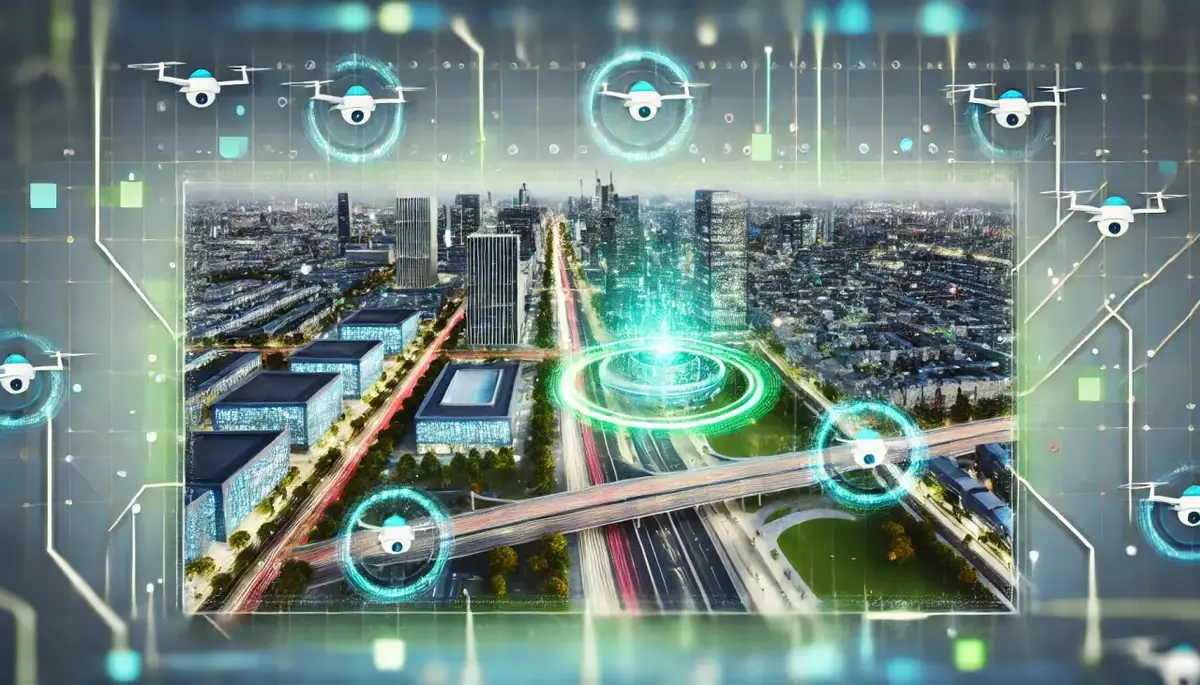Introduction
Automated legal compliance monitoring is a critical process that leverages technology to ensure organizations adhere to relevant laws, regulations, and industry standards. This knowledge article explores the key aspects of this emerging field, including its benefits, techniques, and future developments.
What is Automated Legal Compliance Monitoring?
Automated legal compliance monitoring refers to the use of software and algorithms to continuously track, analyze, and report on an organization’s compliance with applicable laws, regulations, and industry best practices. This approach aims to proactively identify and address potential compliance issues before they escalate.
Key Characteristics of Automated Legal Compliance Monitoring:
- Continuous Monitoring: Automated systems continuously scan for changes in laws, regulations, and industry standards, as well as monitor an organization’s activities for potential compliance breaches.
- Data-driven Insights: Advanced analytics and machine learning algorithms analyze large volumes of data to detect patterns, trends, and anomalies that may indicate compliance risks.
- Automated Reporting: The system generates comprehensive reports on an organization’s compliance status, highlighting areas of concern and recommending corrective actions.
Benefits of Automated Legal Compliance Monitoring
Implementing automated legal compliance monitoring can provide organizations with several key benefits:
Improved Compliance
Continuous monitoring and proactive identification of compliance issues help organizations maintain a strong compliance posture and avoid costly penalties or legal consequences.
Enhanced Risk Management
Automated systems can quickly identify and assess compliance risks, enabling organizations to take timely and appropriate actions to mitigate those risks.
Increased Efficiency
Automation reduces the time and resources required for manual compliance monitoring, allowing organizations to focus on core business activities.
Reduced Costs
Avoiding compliance breaches and the associated fines, legal fees, and reputational damage can result in significant cost savings for organizations.
Techniques in Automated Legal Compliance Monitoring
Automated legal compliance monitoring leverages various techniques to ensure effective and comprehensive compliance management:
Natural Language Processing (NLP)
NLP algorithms analyze and interpret legal and regulatory documents, extracting relevant information and identifying changes that may impact an organization’s compliance requirements.
Machine Learning
Machine learning models are trained on historical compliance data to detect patterns, anomalies, and potential compliance risks in an organization’s operations and activities.
Robotic Process Automation (RPA)
RPA bots automate repetitive compliance-related tasks, such as data collection, document processing, and report generation, improving efficiency and reducing the risk of human error.
Integrated Compliance Platforms
Comprehensive compliance management platforms combine various technologies, including NLP, machine learning, and RPA, to provide a centralized and integrated solution for monitoring, analyzing, and reporting on an organization’s compliance status.
Challenges and Considerations
While automated legal compliance monitoring offers significant benefits, there are also some challenges and considerations to address:
Data Quality and Integrity
Ensuring the accuracy, completeness, and timeliness of the data used for compliance monitoring is crucial for reliable and effective results.
Regulatory Changes and Updates
Automated systems must be able to quickly adapt to changes in laws, regulations, and industry standards to maintain compliance.
Ethical and Privacy Concerns
Organizations must ensure that their automated compliance monitoring practices adhere to ethical principles and respect individual privacy rights.
Integration with Existing Systems
Seamless integration of automated compliance monitoring solutions with an organization’s existing IT infrastructure and business processes is essential for effective implementation.
Future Developments in Automated Legal Compliance Monitoring
The field of automated legal compliance monitoring is rapidly evolving, with several promising future developments:
Predictive Analytics
Advancements in machine learning and predictive analytics will enable automated systems to anticipate and proactively address potential compliance issues before they occur.
Cognitive Compliance
The integration of artificial intelligence and natural language processing will lead to the development of “cognitive compliance” systems that can understand and interpret legal and regulatory requirements more effectively.
Blockchain-based Compliance
The use of blockchain technology can enhance the transparency, traceability, and immutability of compliance-related data, improving overall compliance management.
Conclusion
Automated legal compliance monitoring is a critical tool for organizations to maintain a strong compliance posture, manage risks, and improve operational efficiency. By leveraging advanced technologies, such as natural language processing, machine learning, and robotic process automation, organizations can proactively identify and address compliance issues, ultimately reducing the risk of costly penalties and reputational damage. As the field continues to evolve, the integration of predictive analytics, cognitive compliance, and blockchain-based solutions will further enhance the capabilities of automated compliance monitoring systems.
This knowledge base article is provided by Fabled Sky Research, a company dedicated to exploring and disseminating information on cutting-edge technologies. For more information, please visit our website at https://fabledsky.com/.
References
- Deloitte. (2019). Automated Legal Compliance Monitoring: Enhancing Compliance and Reducing Risks. Retrieved from https://www2.deloitte.com/content/dam/Deloitte/us/Documents/risk/us-risk-automated-legal-compliance-monitoring.pdf
- PwC. (2020). Automating Compliance: The Future of Regulatory Monitoring. Retrieved from https://www.pwc.com/us/en/services/consulting/cybersecurity-risk-regulatory/library/automating-compliance.html
- KPMG. (2021). Unlocking the Power of Automated Compliance Monitoring. Retrieved from https://home.kpmg/xx/en/home/insights/2021/06/unlocking-the-power-of-automated-compliance-monitoring.html
- Gartner. (2022). Gartner Predicts 2022: Compliance and Risk Management. Retrieved from https://www.gartner.com/en/articles/gartner-predicts-2022-compliance-and-risk-management
- IBM. (2020). The Future of Compliance: Leveraging AI and Automation. Retrieved from https://www.ibm.com/downloads/cas/QDPJVZGR


























